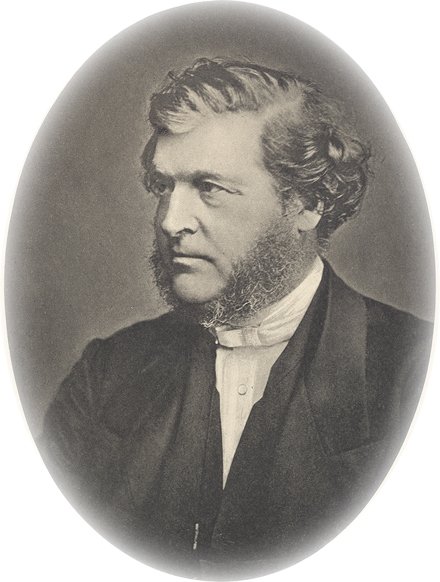Jon K. Newton: Revelation Reclaimed (Paternoster, 2009). Paperback, Pp. 124
The Book of Revelation has been controversial since the early years of the Church. The reason for this is not hard to fathom, it is so totally unlike any other book in the New Testament, full of weird imagery and strange creatures. One part of the Church has in effect thrown up its hands in despair and ignored Revelation to all intents and purposes. Others have used the image-rich book to bolster their own agendas, interpreting the book, not on its own terms, but with themselves playing the main part. It has been the ‘basis’ for sensational fiction on one hand, and on the other hand it has been dismissed as a drug trip that was the result of eating “Magic Mushrooms.”
Jon K. Newton’s book is a serious attempt to understand Revelation on its own terms. He begins by dealing with those views he considers to be erroneous, giving actual examples. Obviously some readers will cry foul at this point, saying that Newton has picked extreme cases. He devotes the whole of the third chapter to Left Behind and the dispensational scenario represented by the writers of those novels (I am aware that modern dispensationalism is so fractured that it is not really possible to refer to “the dispensational view” any more). Thus the whole first half of the book is dedicated to demolishing the views that author believes to be false or deficient.
Chapters five to eight are dedicated to dealing with Revelation on its own terms, and in context. Newton takes a modified idealist position, while taking seriously the point that Revelation was written to first-century Christians in Asia Minor, not to twenty-first century Christians in America (and thus “for the time is near” must have the first century as the referent). The seven Churches must be understood literally, not allegorically as depicting ‘the Church Age’, and therefore the message to the Church at Philadelphia cannot refer to a pre-tribulation rapture.
His principles given in Chapter 6 are useful, so I give them here: 1. Treat it like any other ancient book, the rules for understanding any Biblical book still apply. 2. Interpret literally but carefully. Take John at his word; don’t add extra difficulties to a difficult text. Of course, literally interpreting a symbolic vision is not a walk in the park! Symbols are symbols, not confused descriptions of advanced technology. 3. Explore the relationship between Revelation and the rest of the Bible. This is its context, it comes at the end of the Bible, and will be best understood if we take everything that comes before into account. 4. Study the theology and worldview of Revelation. Big-picture stuff helps to see the details. 5.
The final chapter deals with the question of the Millennium, and Newton, interestingly, comes down on a modified form of post-millennialism. The book as a whole is a useful contribution to our study of the book of Revelation. There are here and there hints that Newton does not hold to a strict inerrantist position, but frankly, if you’re reading a scholarly work on Revelation, your level of discernment should be able to cope with things like that.
I got mine cheap from my local Christian bookshop. You should do the same.
Friday, March 12, 2010
Subscribe to:
Post Comments (Atom)

2 comments:
You might enjoy Googling "Pretrib Rapture Secrecy" which I ran into not so very long ago. Lord bless.
Thanks for that review, which I only discovered today. You might also enjoy my blogging at www.jonknewton.com
Jon Newton
Post a Comment